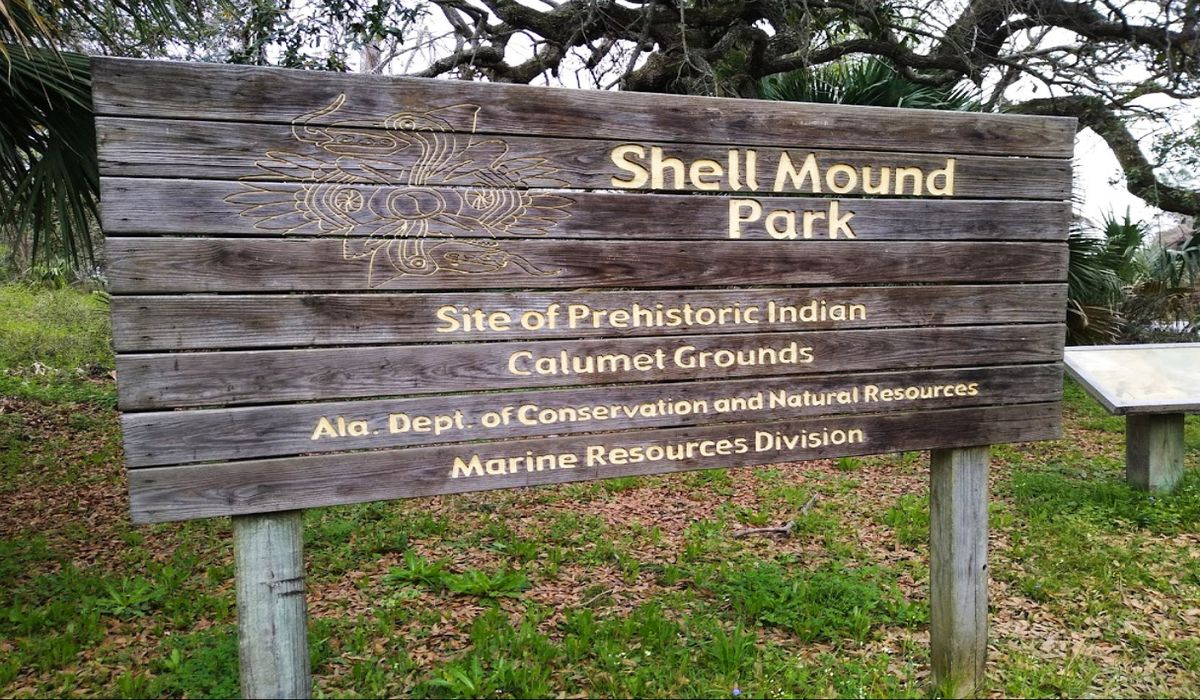Secrets Of Alabama’s Prehistoric Shell Mound Villages

Have you ever wondered about the ancient history hidden in Alabama? Alabama's prehistoric shell mound villages offer a fascinating glimpse into the lives of early Native American communities. These mounds, made from shells, bones, and other materials, date back thousands of years. They served as both living spaces and ceremonial sites. Visiting these mounds, you can imagine the bustling activity of people who once thrived there. The mounds are scattered across the state, each with its unique story. Exploring them provides a unique way to connect with the past and understand the rich cultural heritage of Alabama. Ready to step back in time?
Secrets of Alabama's Prehistoric Shell Mound Villages
Alabama's prehistoric shell mound villages hold secrets of ancient civilizations. These mounds, built by Native Americans, offer a glimpse into their lives, culture, and environment. Let's explore some of these fascinating sites.
1. Bottle Creek Mounds
Located in the Mobile-Tensaw Delta, Bottle Creek Mounds is one of Alabama's most significant archaeological sites. Accessible only by boat, this site features 18 mounds, with the tallest standing at 45 feet. It served as a political and religious center for the Mississippian culture between 1250 and 1550 AD.
2. Moundville Archaeological Park
Moundville Archaeological Park, near Tuscaloosa, is another key site. Once a bustling city, it was home to thousands of Native Americans from 1000 to 1450 AD. The park features 29 mounds, a museum, and a nature trail. Visitors can learn about the daily lives, rituals, and art of the Mississippian people.
3. Old Cahawba
Old Cahawba, Alabama's first state capital, also has prehistoric shell mounds. Located at the confluence of the Cahaba and Alabama Rivers, this site was inhabited by Native Americans long before European settlers arrived. The mounds here provide insights into the early Woodland period, dating back to 1000 BC.
4. Fort Toulouse-Fort Jackson Park
Fort Toulouse-Fort Jackson Park, near Wetumpka, offers a unique blend of history. This site features prehistoric mounds, a reconstructed French fort, and an American fort. The mounds date back to the Woodland and Mississippian periods, showcasing the long history of Native American occupation in the area.
5. Indian Shell Mound Park
Indian Shell Mound Park, located on Dauphin Island, is a hidden gem. This site contains several shell mounds built by Native Americans between 1100 and 1550 AD. The mounds are composed of oyster shells, fish bones, and other debris, providing a glimpse into the diet and lifestyle of the island's early inhabitants.
6. Florence Indian Mound
Florence Indian Mound, in the city of Florence, is the largest domiciliary mound in the Tennessee Valley. Standing at 43 feet, this mound was built by the Woodland people around 500 AD. The adjacent museum houses artifacts, including pottery, tools, and jewelry, offering a deeper understanding of the mound's builders.
7. Oakville Indian Mounds Park and Museum
Oakville Indian Mounds Park and Museum, near Danville, features two large mounds and several smaller ones. The site dates back to the Woodland period, around 1 AD. The museum showcases artifacts and exhibits on Native American culture, while the park offers hiking trails and a reconstructed village.
8. Bessemer Indian Mounds
Bessemer Indian Mounds, located in Bessemer, are lesser-known but equally fascinating. These mounds were built by the Mississippian people between 1000 and 1500 AD. The site includes several mounds and a village area, providing insights into the social and political structure of the Mississippian culture.
9. Choccolocco Creek Archaeological Complex
Choccolocco Creek Archaeological Complex, near Oxford, is a significant site with several mounds and village areas. The complex dates back to the Woodland and Mississippian periods, offering a glimpse into the lives of the Native Americans who once inhabited the region. The site is still being studied, with new discoveries made regularly.
10. Little River Canyon National Preserve
Little River Canyon National Preserve, near Fort Payne, is known for its stunning natural beauty. However, it also contains several prehistoric shell mounds. These mounds, built by the Woodland people, provide evidence of early human habitation in the area. The preserve offers hiking trails, waterfalls, and scenic views, making it a perfect destination for history and nature enthusiasts alike.
Alabama's Hidden Prehistoric Gems
Alabama's prehistoric shell mound villages offer a unique glimpse into ancient life. These sites, rich in history, provide valuable insights into the daily activities, diets, and social structures of early inhabitants. Visiting these mounds allows you to connect with the past in a tangible way, seeing firsthand the remnants of ancient communities.
Exploring these villages can be a rewarding experience for history buffs, archaeologists, and curious travelers alike. The mounds are not just piles of shells; they are stories waiting to be told. Each artifact and structure reveals something about the people who lived there thousands of years ago.
Next time you're in Alabama, consider visiting these historical sites. They are a testament to the rich cultural heritage that has shaped the region. Discovering these hidden gems can deepen your appreciation for the state's ancient history.

